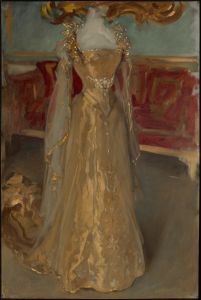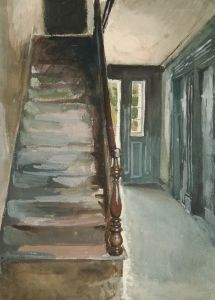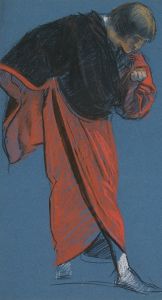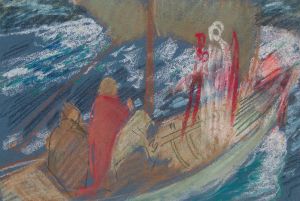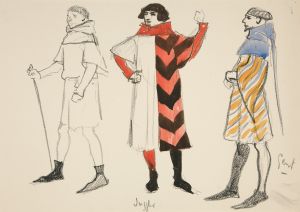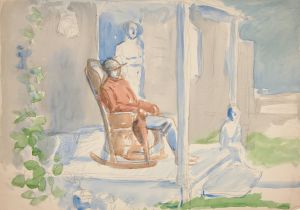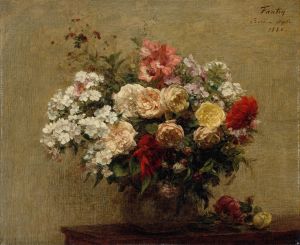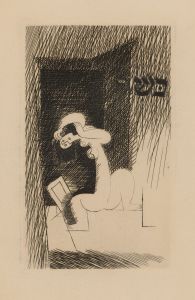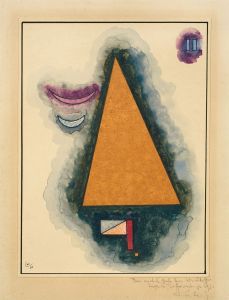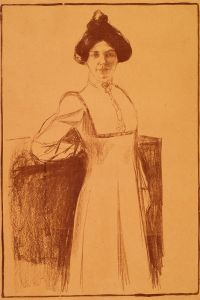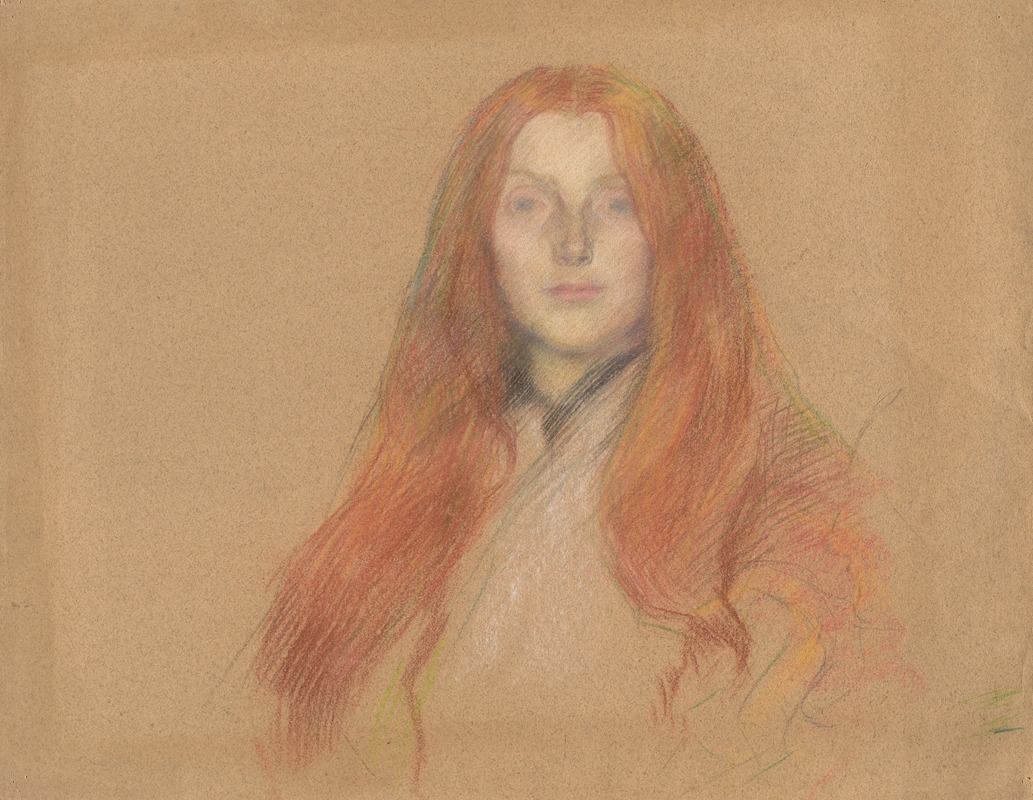
Study for head of Ophelia
A hand-painted replica of Edwin Austin Abbey’s masterpiece Study for head of Ophelia, meticulously crafted by professional artists to capture the true essence of the original. Each piece is created with museum-quality canvas and rare mineral pigments, carefully painted by experienced artists with delicate brushstrokes and rich, layered colors to perfectly recreate the texture of the original artwork. Unlike machine-printed reproductions, this hand-painted version brings the painting to life, infused with the artist’s emotions and skill in every stroke. Whether for personal collection or home decoration, it instantly elevates the artistic atmosphere of any space.
Edwin Austin Abbey was an American artist known for his illustrations and paintings, particularly those that depicted scenes from literature and history. Among his works is "Study for Head of Ophelia," which is a preparatory sketch or study related to his larger body of work on Shakespearean themes. Abbey had a profound interest in the plays of William Shakespeare, and this interest is evident in his numerous artworks inspired by Shakespeare's characters and scenes.
"Study for Head of Ophelia" is part of Abbey's exploration of the character Ophelia from Shakespeare's tragedy "Hamlet." Ophelia is a complex character, known for her beauty, innocence, and tragic fate. Abbey's study captures the delicate and ethereal qualities associated with Ophelia, reflecting the artist's skill in rendering emotion and character through his art.
Edwin Austin Abbey was born on April 1, 1852, in Philadelphia, Pennsylvania. He began his career as an illustrator, working for magazines such as Harper's Weekly. Abbey's talent for illustration quickly gained him recognition, and he became known for his detailed and expressive drawings. His work often featured historical and literary subjects, which were popular with the public and publishers alike.
In the 1870s, Abbey moved to England, where he continued to develop his career as an artist. His relocation to England allowed him to immerse himself in the rich cultural and artistic traditions of Europe, which influenced his work significantly. Abbey became associated with the Pre-Raphaelite Brotherhood, a group of English painters, poets, and critics who emphasized a return to the detail, color, and complexity of Quattrocento Italian art.
Abbey's fascination with Shakespearean themes is evident in his numerous paintings and illustrations based on the Bard's works. His attention to historical detail and his ability to convey the emotional depth of Shakespeare's characters made his work particularly compelling. Abbey's studies and sketches, such as "Study for Head of Ophelia," were often preparatory works for larger paintings or murals.
While specific details about "Study for Head of Ophelia" are limited, it is likely that this study was part of Abbey's preparation for a larger project or series of works related to "Hamlet." Artists often create studies to experiment with composition, lighting, and expression before committing to a final piece. These studies provide insight into the artist's process and offer a glimpse of the creative journey that leads to a finished work.
Abbey's contributions to art extend beyond his Shakespearean works. He was also commissioned to create murals and large-scale paintings for public buildings, including the Boston Public Library. His work in these spaces further solidified his reputation as a master of historical and literary subjects.
Edwin Austin Abbey passed away on August 1, 1911, leaving behind a legacy of art that continues to be celebrated for its beauty and historical significance. His studies, such as "Study for Head of Ophelia," remain valuable for their insight into his artistic process and his dedication to capturing the essence of literary characters. Abbey's work continues to be studied and admired for its technical skill and emotional depth, securing his place in the history of American and British art.





